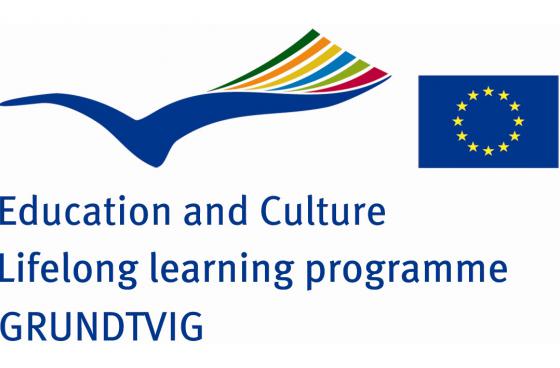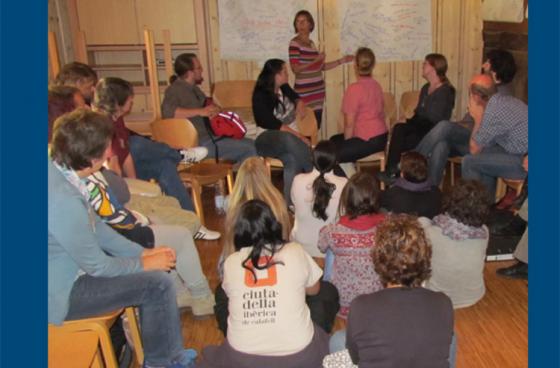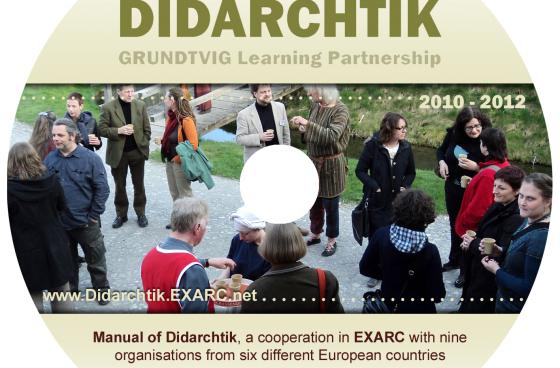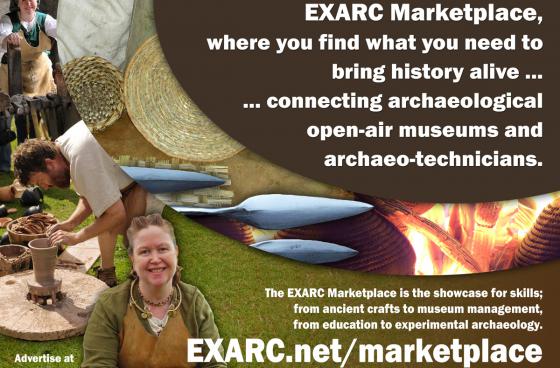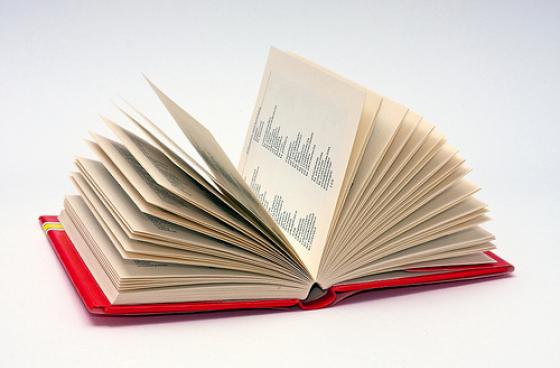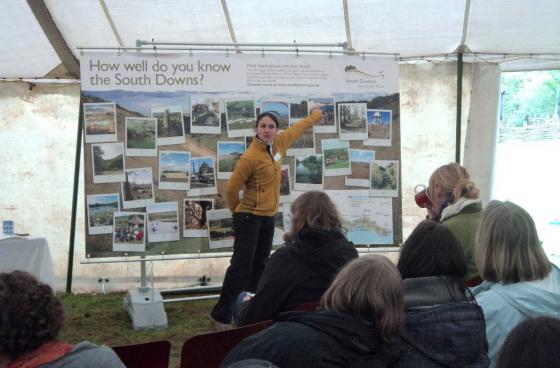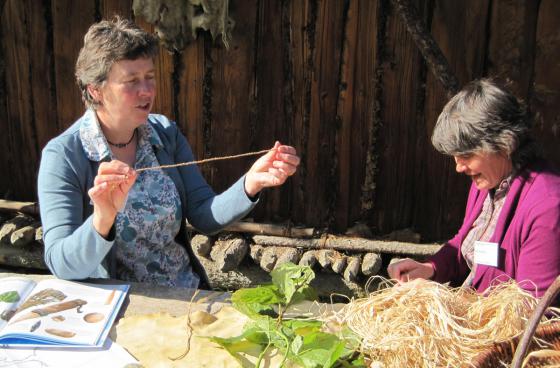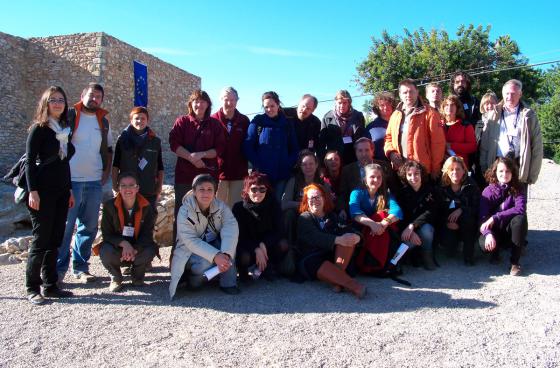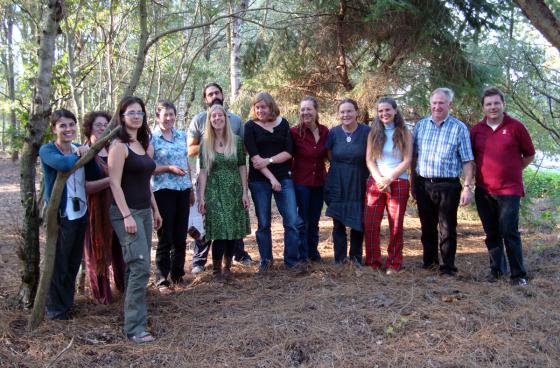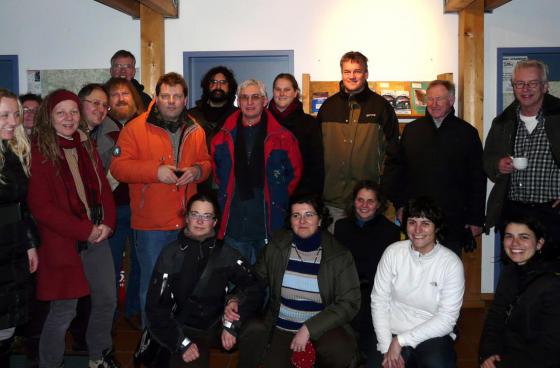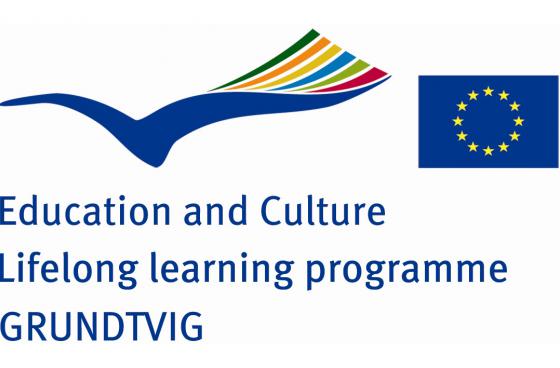What it is about
EXARC and a number of its members applied in 2010 for a Grundtvig Learning Partnership. Grundtvig was a part of the Lifelong Learning Programme (LLLP) of the European Union which among others involves Leonardo and Erasmus. The Grundtvig Programme was focussed on adult education and in our case involves several museums, open-air museums, universities and high schools.
We worked with our partners from across Europe to share practice, discuss problems and compare solutions on our particular topics. Obviously our project was about non-formal learning in different aspects.
While writting an application two projects have been formed: Didarchtik and Zeitgeist.
All applicants were EXARC members, involving in interpretation and education. We also have universities, schools and other organisations working in this field both in our network as well as in this Grundtvig Learning Partnership.
Our type of education and interpretation is very much about hands on experience – the objects and buildings we use are reconstructions; three-dimensional witnesses of local and national heritage which are part of our common European culture. Our type of museums offer a low threshold and therefore we reach all layers of society.
A special tool we have in our education is based on experimental archaeology; showing ancient crafts and letting people try it out themselves engaging them in a very direct manner. This way, history reaches all senses – the ideal starting point for informal learning. Our method is anchored in using staff telling the stories of our items more than written signs and machines. This is a very labour intensive approach, but it is highly appreciated and offers good quality.
Several of our partners already had experience with EU cooperation, we had for example a Culture 2000 project (Delphi, House of Questions), focusing on what people were interested to find out when they visited our museums. We know from our long running visitor surveys that, we have (1) a higher percentage of return visitors (25-30%) and (2) people generally spend more time in our museums than they do in other kinds of museums (2-3 hours). These two challenges offers opportunities which so far are not or little used. Repeat visitors have requirements which we need to explore. This will allow us to develop fitting formats of interpretative activities involving staff and media before, during and after their visit. We for example think of using innovative cross media.

Between August 2010 and July 2012, eight organisations cooperated in EXARC under the name Didarchtik.
This name is merging the phrases Didactics and Archaeology.
Over 100 travels were made in these two years, the partners were: EXARC (NL), Coordinator; Archäologisches Zentrum Hitzacker (DE); ArcheoParc im Schnalstal (IT); Bachritterburg Kanzach (DE); Bäckedals Folkhögskola (SE); Butser Ancient Farm (EN); C.I. de Calafell (ES); Parco Archeologico Didattico del Livelet (IT); VAEE (NL)
The project was coordinated by EXARC. Bäckedal Folkshögskola is an adult education institute in ancient crafts with a long standing. VAEE is a network with 200 professionals in archaeological experimentation and education. The other six are archaeological open-air museums.
Our concrete objectives
- To create a network to exchange experiences and knowledge in ancient technology.
- To learn better to connect to our adult public.
- To understand the diversity of our public in age/generation range and backgrounds.
- To learn from each other how to exhibit and animate history to the public.
- To know more about adult learning processes.
- To learn from each other how explaining science is an added value.
- To explore new ways of educating the adult public (cross media, new media and ‘unusual’ methods).
Results were
- articles in several journals
- an on line visitor survey system, made and used and evaluated
- an on line system for films of all partners
- an on line dictionary / glossary of terms
- an on line network on ancient technology in archaeological open air museums
- several on line manuals
There were several workshops
- 09/2010, the Netherlands: A work meeting to get things right
- 11/2010, Catalonia: A workshop about learning & teaching adults. Pedagogical and social backgrounds, physical and psychological developments. Working with people with disabilities.
- 04/2011, Germany: A workshop on living history and live interpretation. Quality measures, good practices. Looking into themes like textiles and food, linking with crafts. Discussion living history – crafts.
- 06/2011, Sweden: Mid way evaluation. Crafts workshop, attention to generation learning, linking with living history. A discussion on living history & crafts. A Class on adult education techniques, follow up from November 2010.
- 09/2011, Italy: Looking into those staying over 3 hours and looking into returning visitors, how to teach them what we want and what they want (communication), a well balanced total museum offer to include all target groups.
- 06/2012, England: End evaluation. Teaching adults through themed products and artifacts. Follow up on the programme development theme. Class on how an education visit with organised activities for adult students can be handled versus non-organised visits of adults.
Results from this Project
| Title | What | Author / Responsible for | Project | Year |
| An Online Glossary in Ten Languages Read more | Direct Link to the Item |
Website: Online Tool | Various | Didarchtik & Zeitgeist | 2012 |
| Vocabulary (EXCEL) | Direct Link to the Item | Document | Various | Didarchtik | 2010 - 2012 |
| EXARC Marketplace Read more |
Website: Online Tool | Various | Didarchtik | 2011 |
| Didarchtik Manual 2010-2012 Read more | Direct Link to the Item |
A4: Print Manual | Archäologisches Zentrum Hitzacker (DE) | Didarchtik | 2012 |
| Motivation Manual Didarchtik Read more | Direct Link to the Item |
A4: Print Manual | Parco Archeologico didattico del Livelet | Didarchtik | 2012 |

